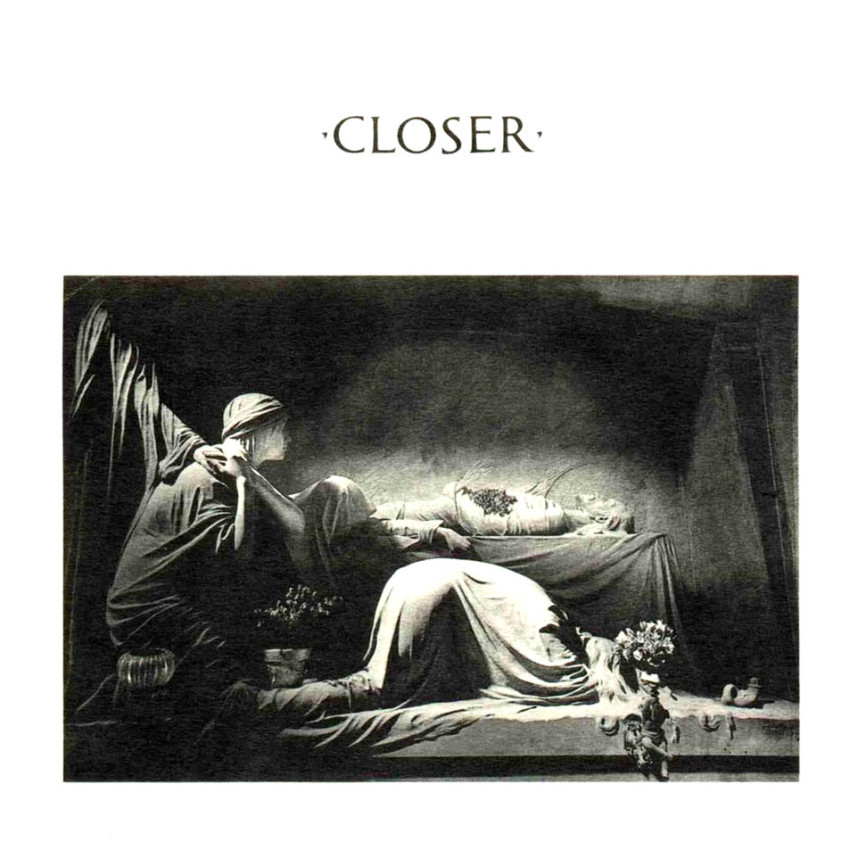Closer by Joy Division — A Solemn Statement of Purpose
The album art for ‘Closer’, which depicts The Appiani Family Tomb In The Staglieno Cimitero Monumentale, Genoa, Italy.
“Welcome to the Atrocity Exhibition,” Ian Curtis announces during a 1980 live performance, setting the tone for Joy Division’s definitive album, Closer.
The album opens with “Atrocity Exhibition,” an energetically desperate track that uses Stephen Morris’ primitive-sounding drums and Bernard Sumner’s abrasive guitar to sculpt an anxious, unsettling sound-world to complement the lyrics, which paint a harrowing picture of someone trapped in their own body — a central theme for the band and the focus of many previous songs such as “She’s Lost Control” from their debut album Unknown Pleasures.
Departing from the ominous, primal mood set by “Atrocity Exhibition,” “Isolation” explores Joy Division’s pop and electronic sensibilities, incorporating relatively upbeat synthesizers to contrast Peter Hook’s downwardly driving bassline and Ian Curtis’ bleak lyrics.
The sonic agent of cohesion on Closer is Martin Hannett’s production. His spacious sound design lends the music an expansive-yet-weighty quality that, when paired with Curtis’ haunting lyricism, creates a reverent, almost sacred atmosphere. This is first introduced in “Heart and Soul,” an unsettlingly gentle track with a disquietingly lilting bassline and lyrics wrestling with the meaning of existence, but is best exemplified on “The Eternal,” which is in many ways the culmination of the ideas being explored not only on Closer, but though Joy Division’s entire discography. It is static and repetitive, reminiscent of a funeral dirge that inhabits a desolate sonic landscape which moves past melancholy to convey an oppressive and ubiquitous emptiness. It resembles a hymn to The Eternal, or the permanence of death after a short and meaningless life.
Continuing the focus on the passing of time, Closer concludes with “Decades,” a more emotionally turbulent variation on the somber basis established by “The Eternal,” which lyrically explores the burden of youth while being driven by precise, incessant drums and a yearning synth melody. While not as musically bleak as “The Eternal,” its emotionally resonant lyrics create a crushing sense of melancholy that encapsulates the core identity of the album.
Joy Division’s influence on lyricism, production, and instrumentation has permeated the music industry beyond measure, impacting bands from The Chameleons, another prominent UK post-punk band who released their first album only three years after the death of Ian Curtis, to Interpol, most known for their 2002 release Turn On the Bright Lights, and the bands of the modern post-punk revival, such as Protomartyr, black midi, Fontaines D.C., Iceage, and Squid. Further developing the spacious, reverent atmosphere introduced in Closer are many bands with more shoegaze tendencies such as Have a Nice Life, best known for their 2008 debut Deathconsciousness, which contrast the solemn music with dramatic and evocative lyrics, especially on tracks such as “Earthmover,” which bear Joy Division’s boundless legacy.

